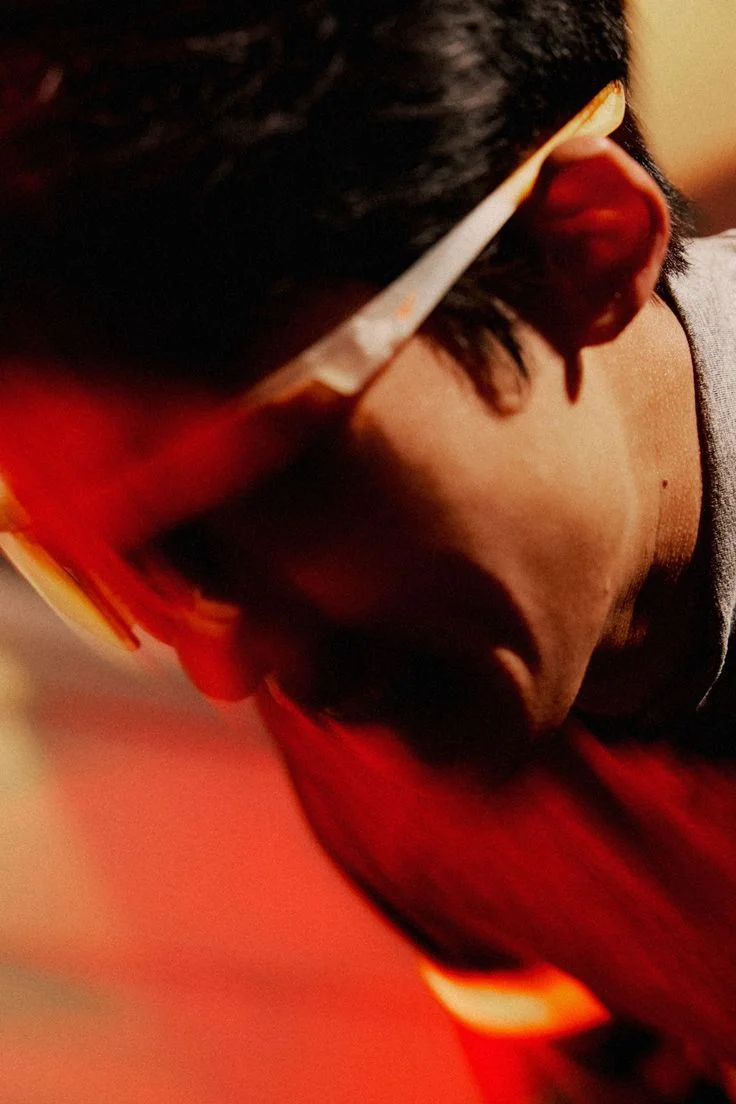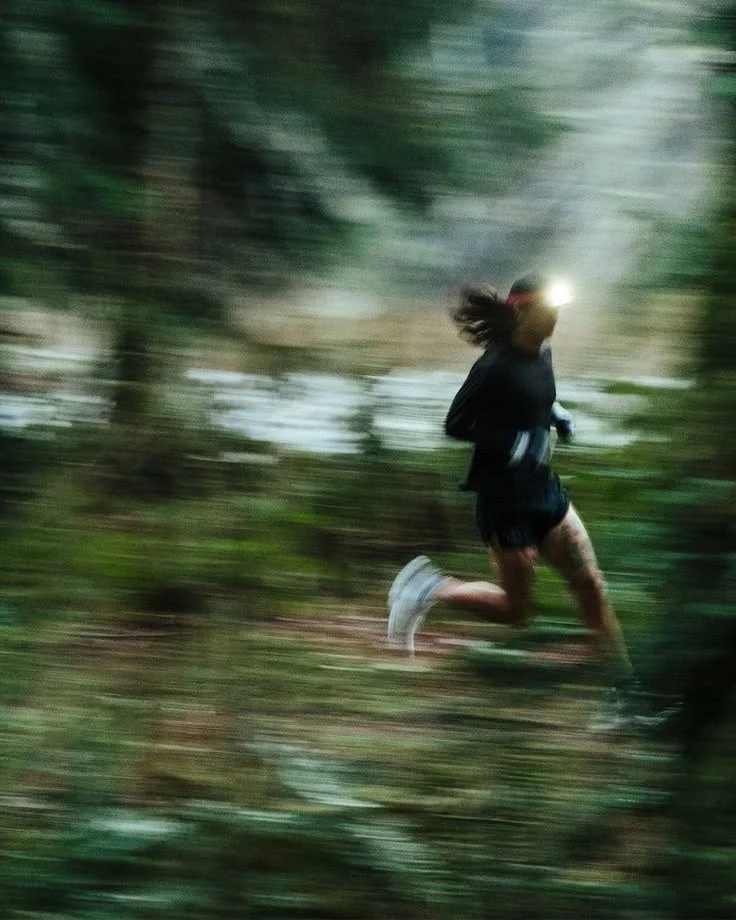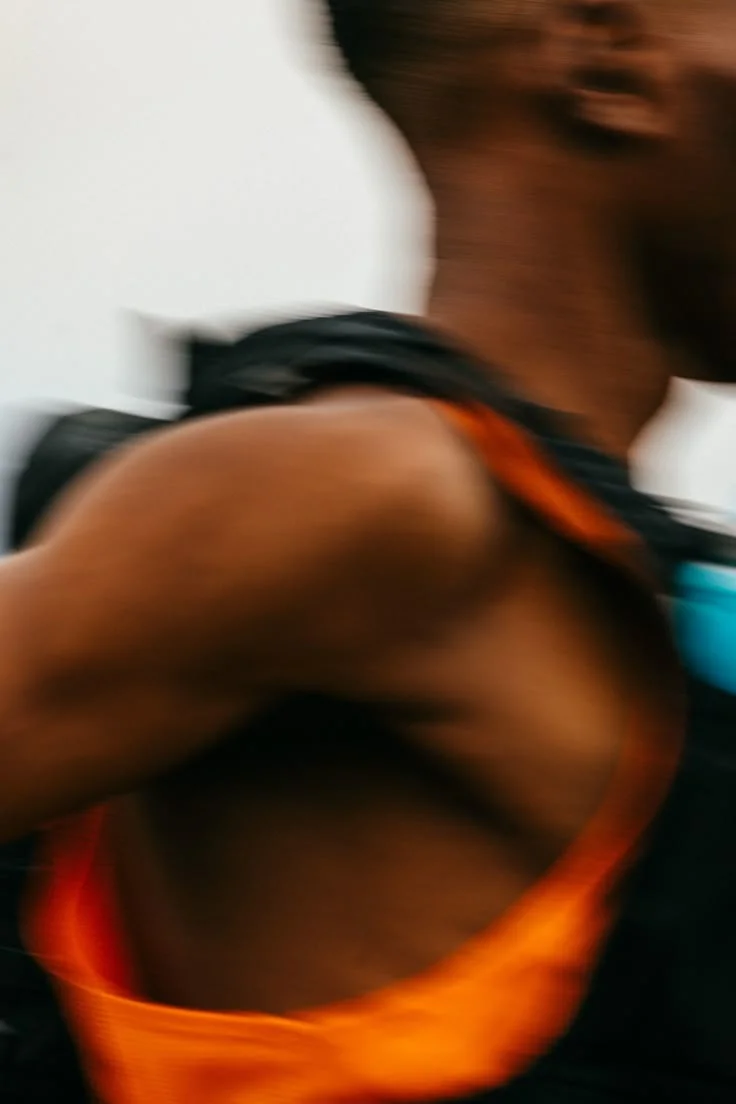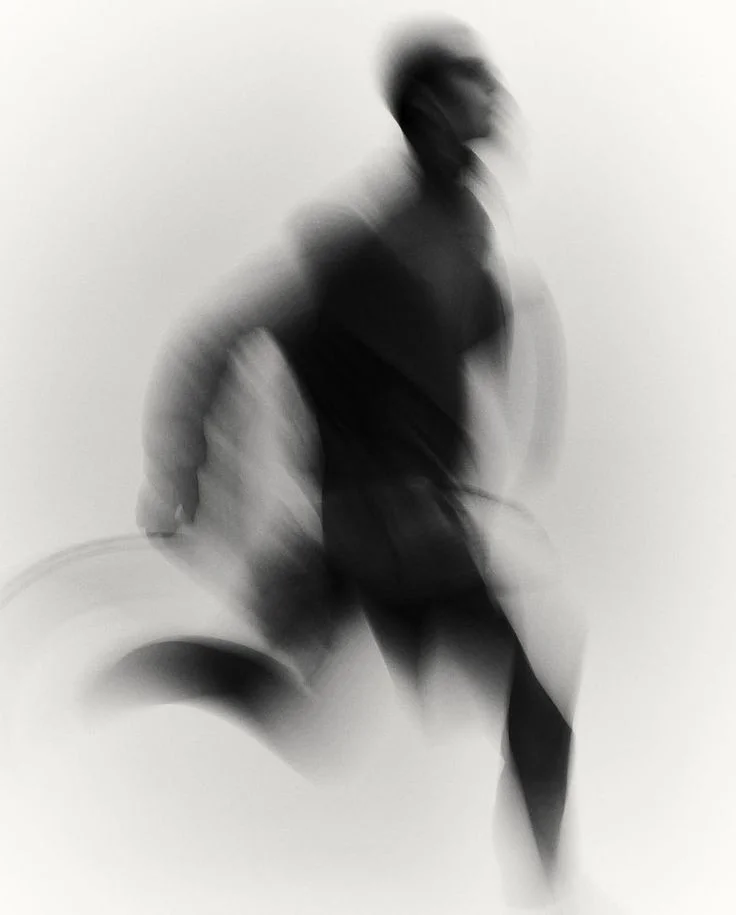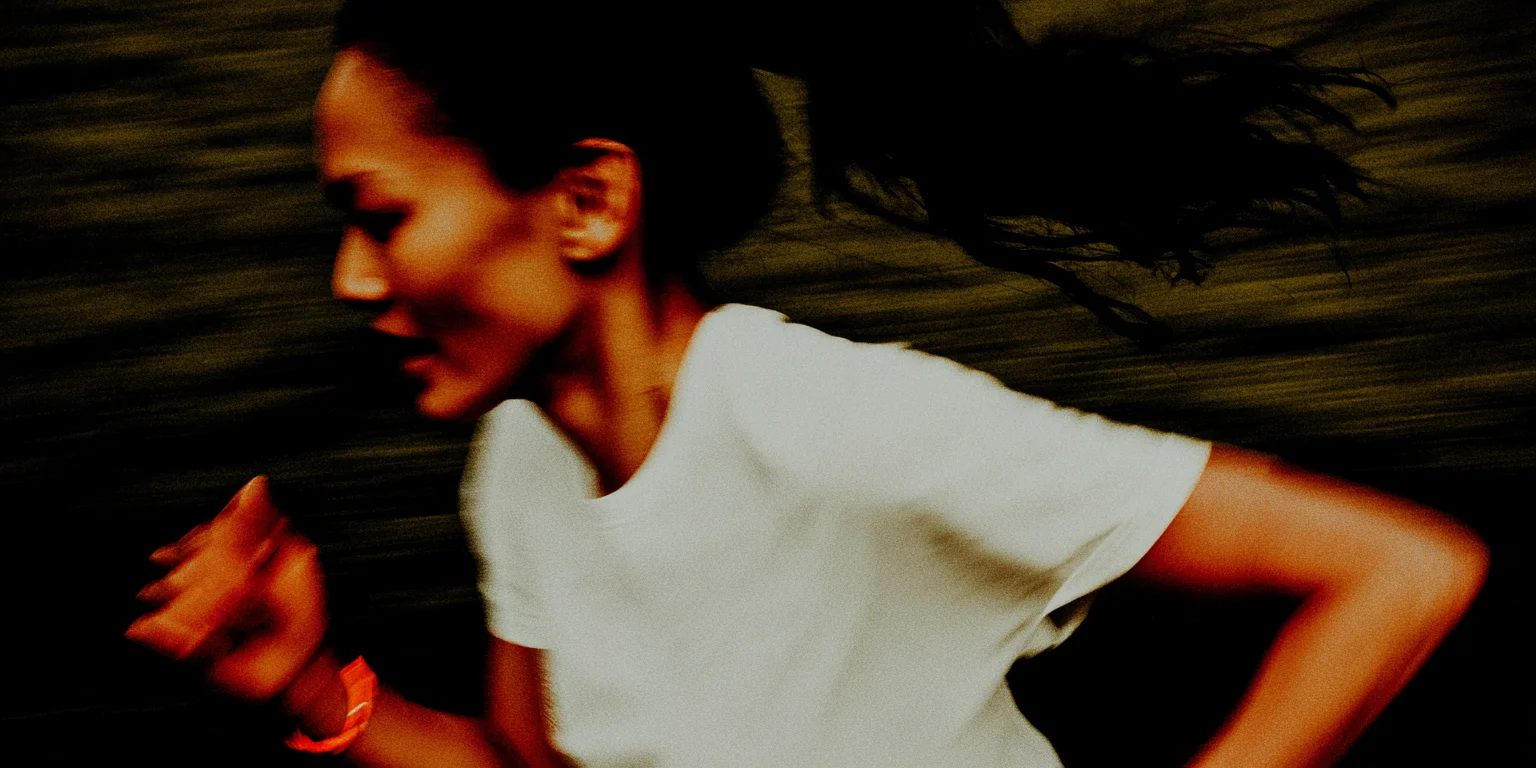Everything moves faster. Our lives, our screens, our feeds... Today, a frozen image can seem too static. That's where motion blur comes in. This visual effect gives a sense of speed and energy, transforming a simple image into a living scene. Born of photography and cinema, where it was used to convey speed and action, it is now widely used in design and branding. But why has this technique become so ubiquitous?
Trim the image to capture speed
In a world where images are consumed at a frenetic pace, motion blur brings a temporal dimension to the image. It breaks the rigidity of traditional photography and propels us into that world where time and action meet.
Let's take the example of an advertisement for a sports product: by applying motion blur to an athlete in the middle of a race, the image captures not only the speed of movement, but also the intensity and energy of the action. This treatment doesn't just add visual effect; it amplifies the emotion conveyed, offering a visual experience that seems almost tangible.
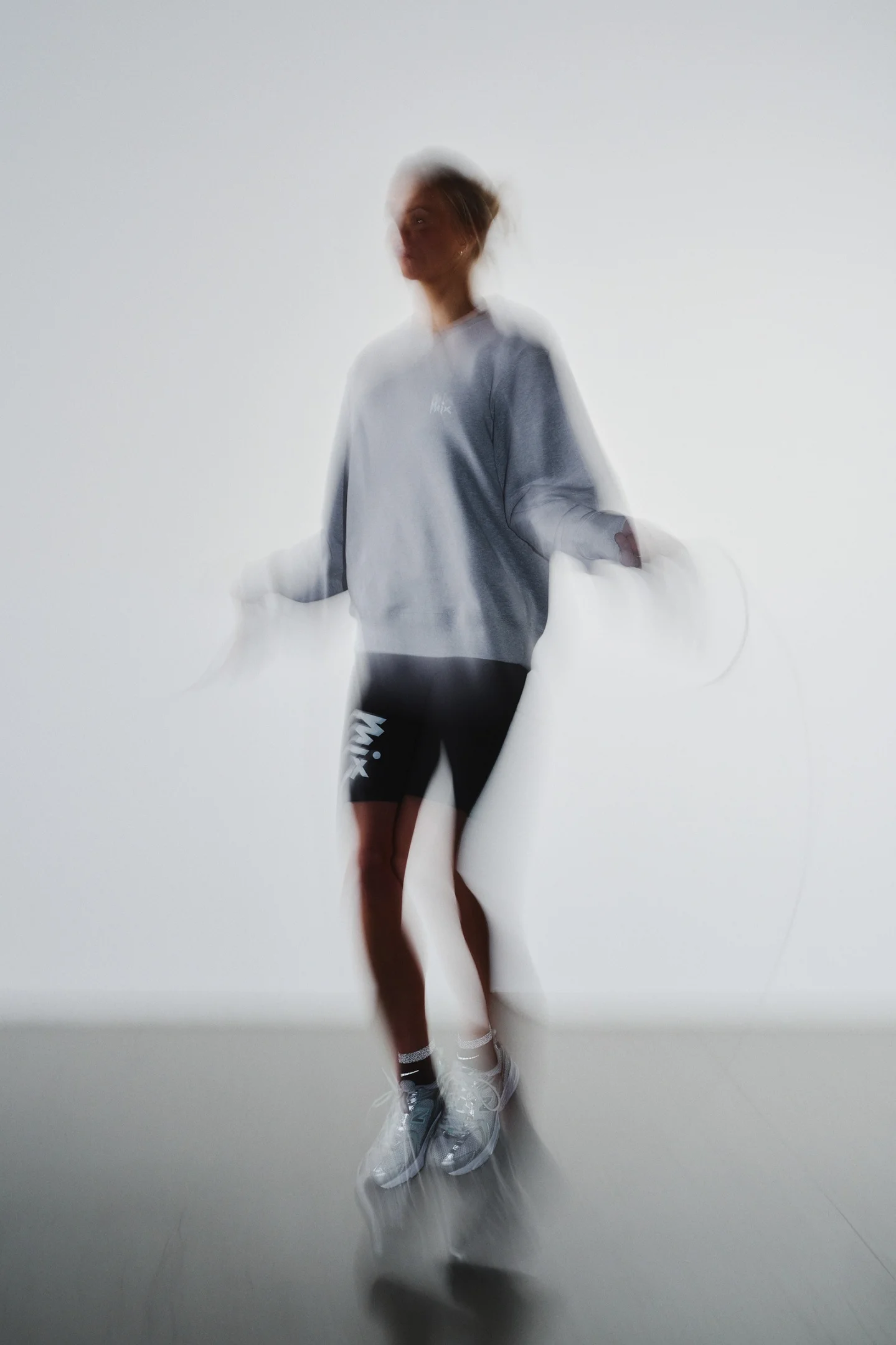
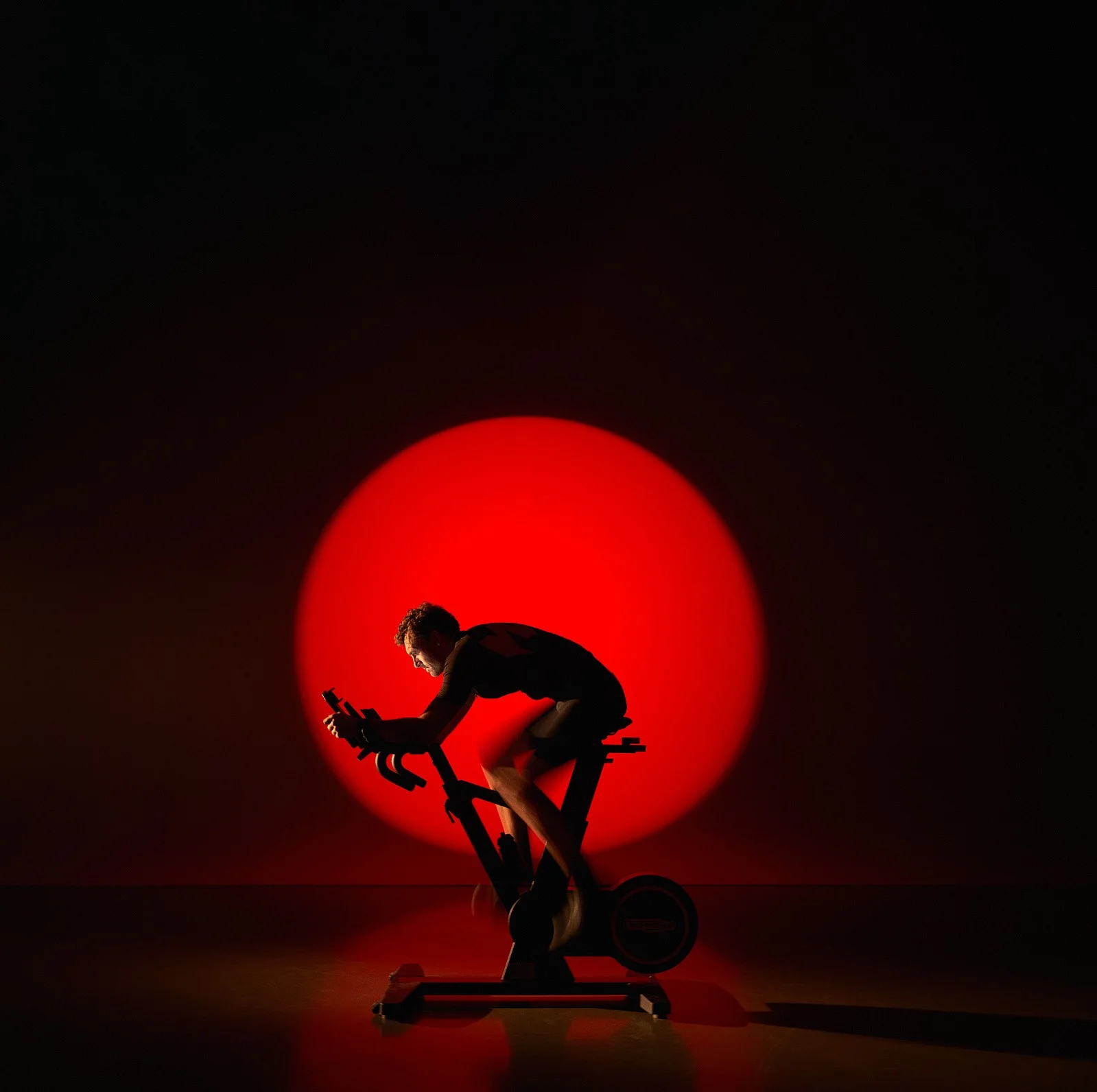
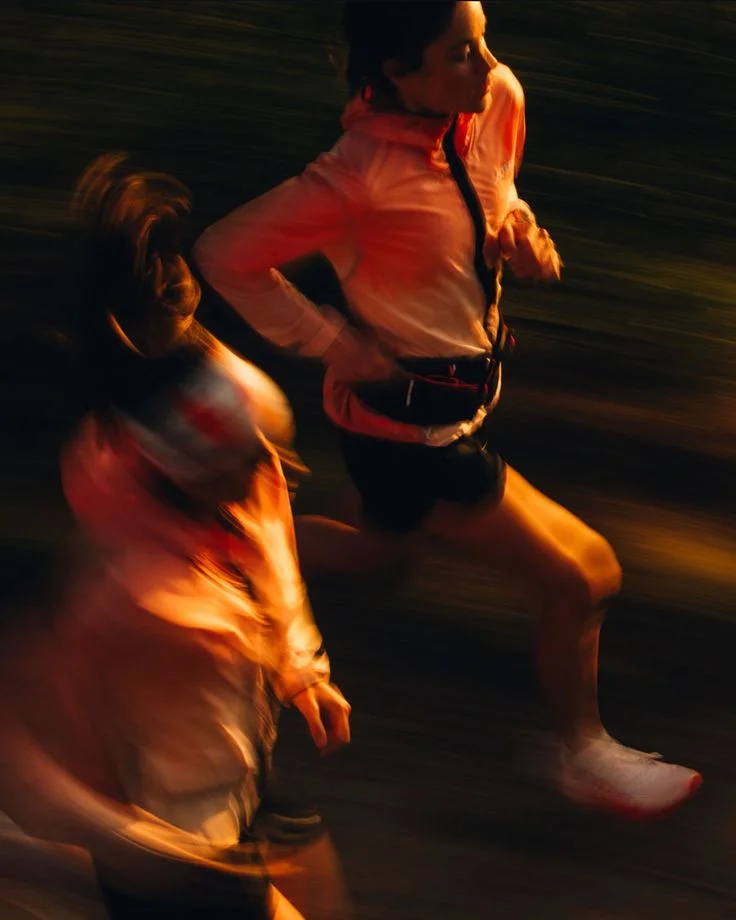
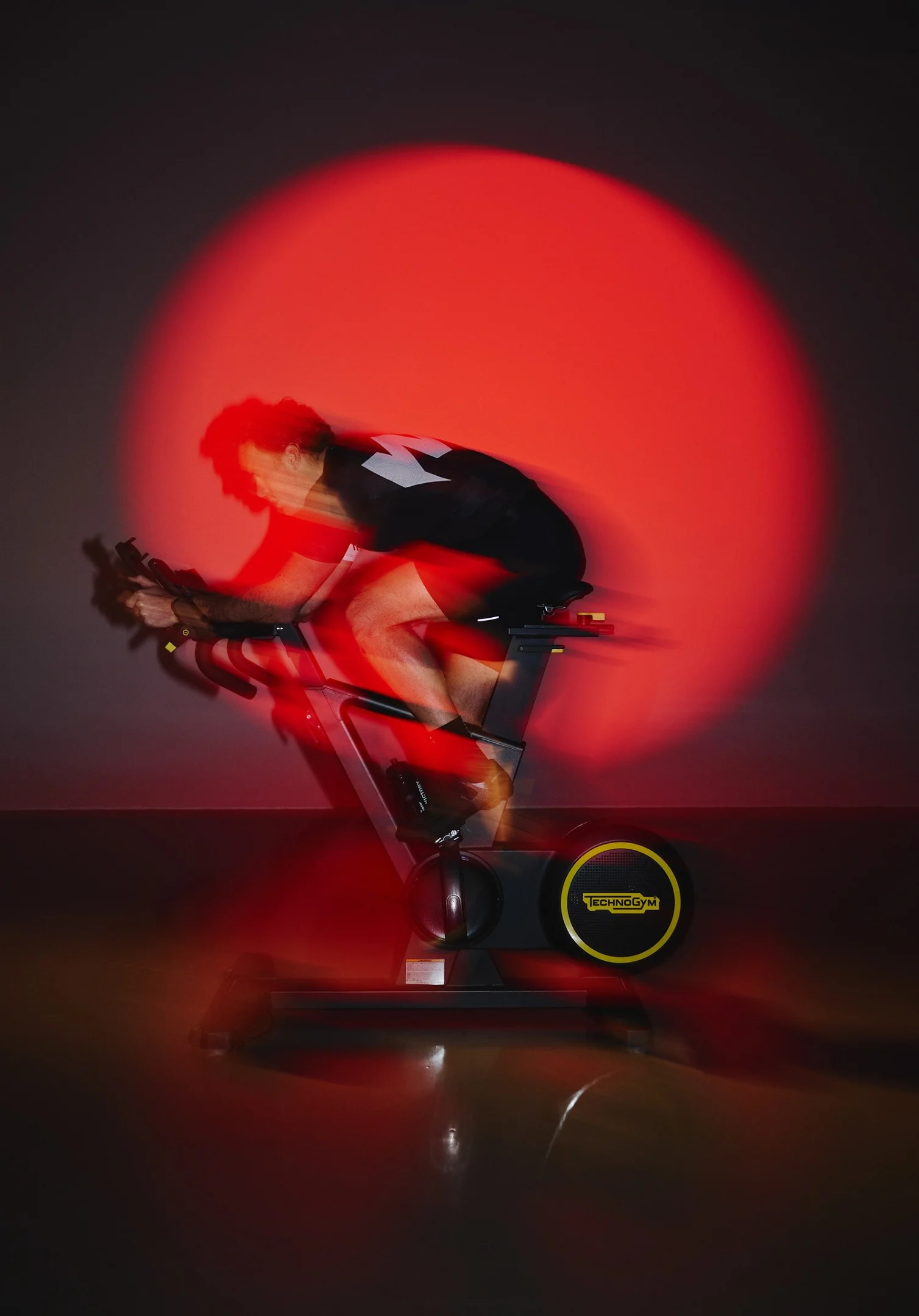
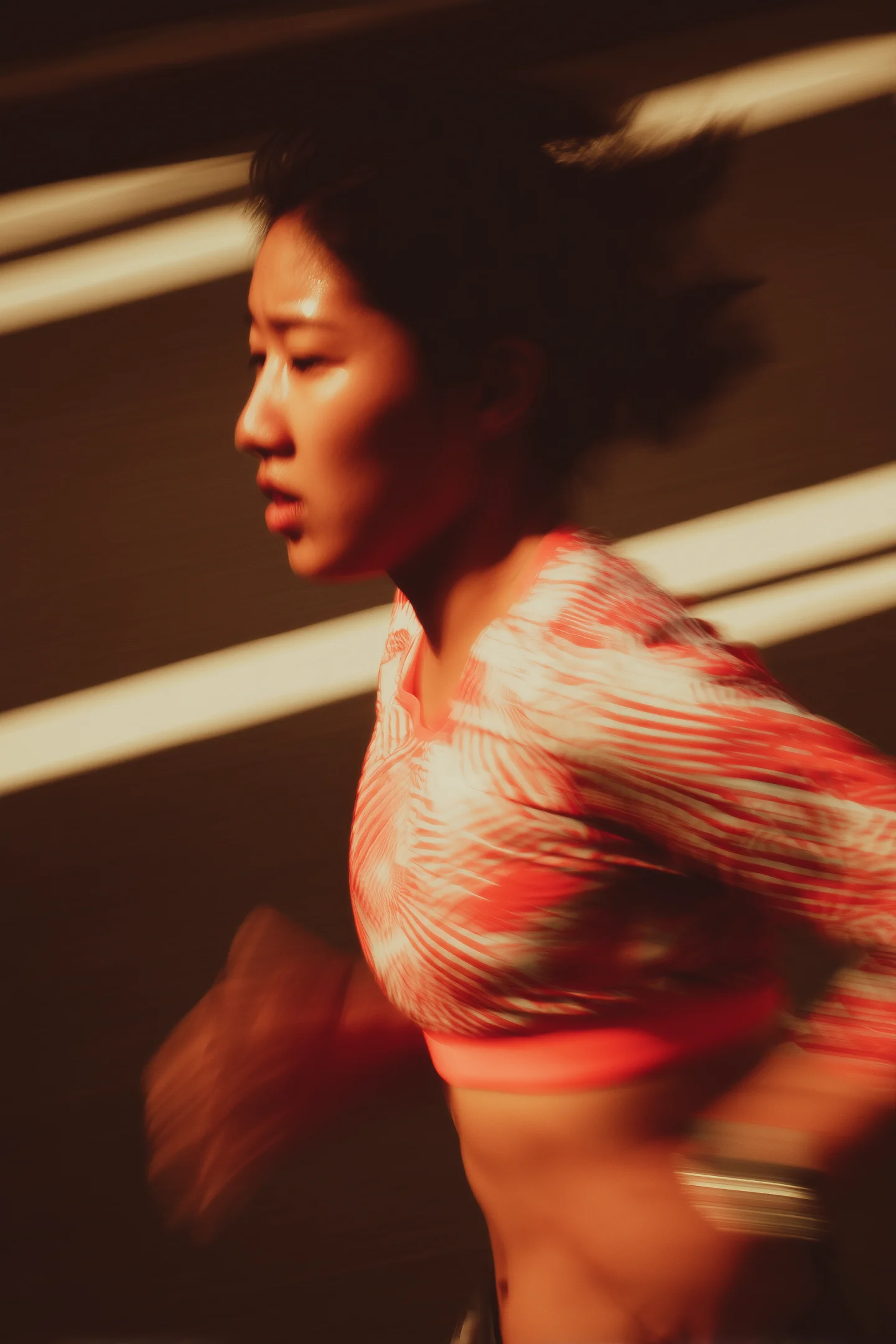
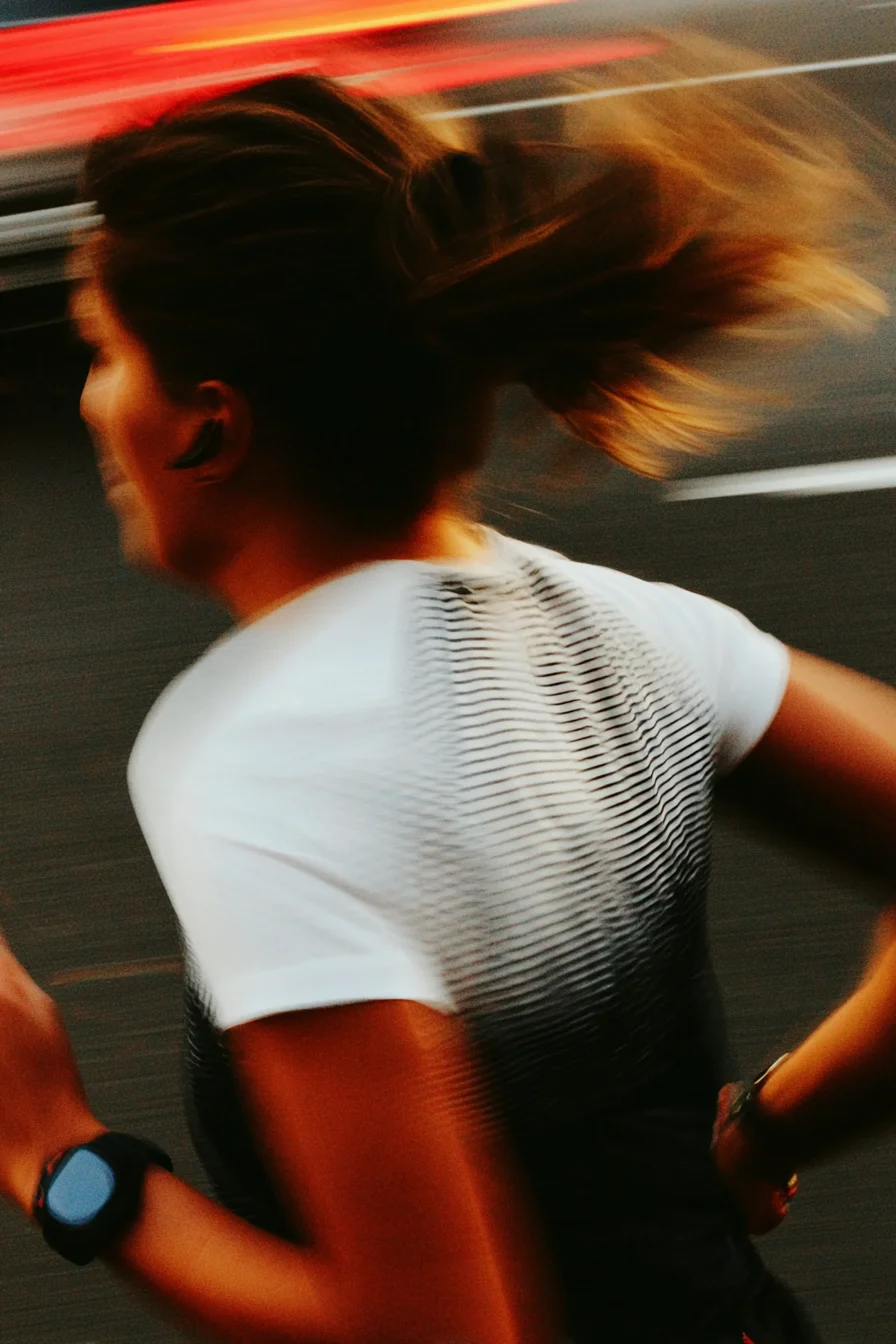
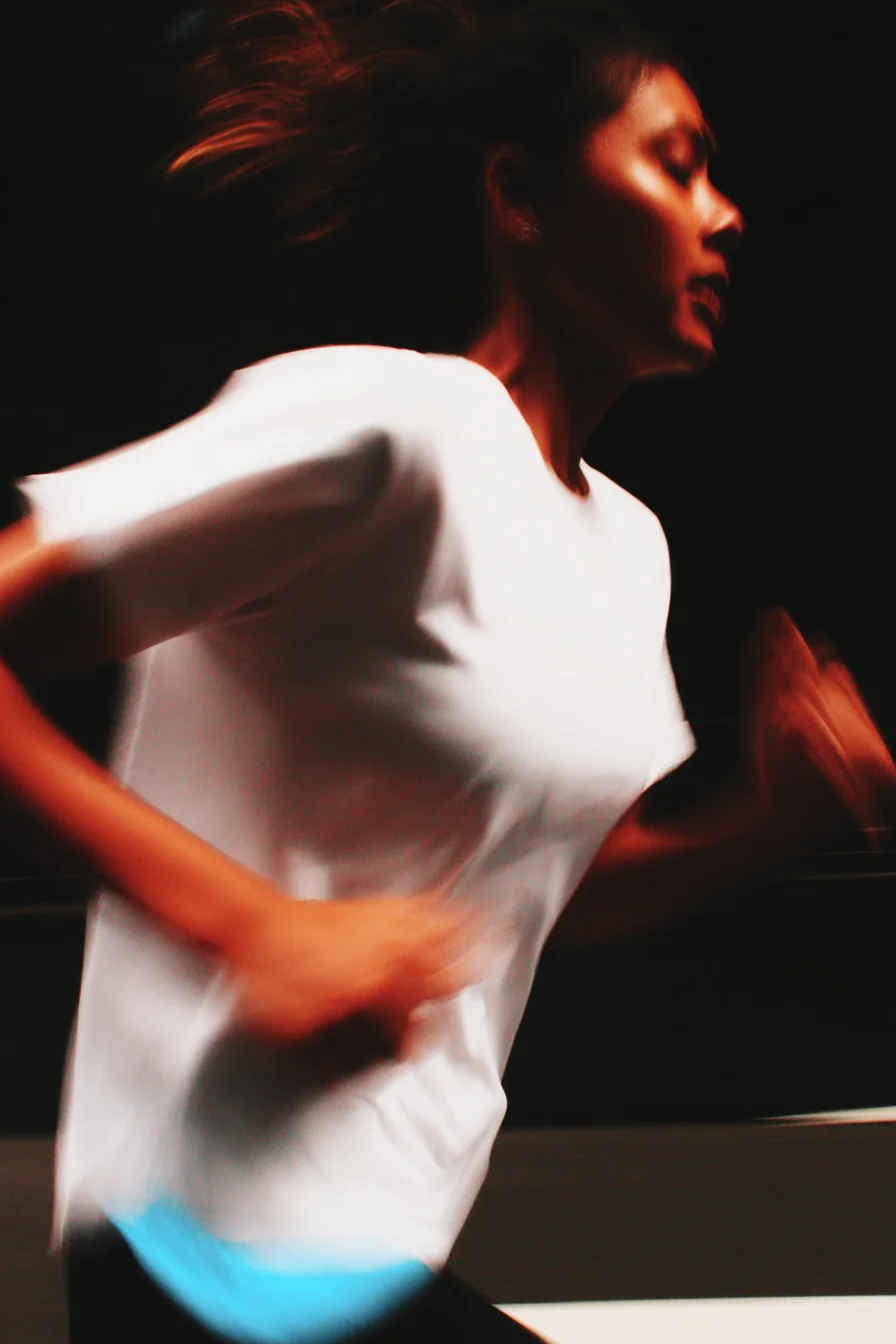
A response to visual saturation
Social networks are saturated with visual content, it's becoming crucial to stand out and grab attention. Motion blur is the perfect response to this overload. It injects movement into a digital world where images are frozen. It embodies the fluidity and modernity that brands seek to connect with a constantly evolving audience.
There's another dimension to consider: " Engage with chaos ". In a world where order is often privileged, this approach invites us to dive into the unexpected, to accept visual chaos and transform it into something meaningful. Motion blur then becomes more than an effect, but a way of embracing the turbulence of our times, of adding life and energy to a visual, especially in a saturated universe.

Not just for sports
Although it's true that motion blur is often associated with sporting visuals, its use isn't limited to this field. This visual technique has found its place in many sectors. From the automotive sector to high-tech advertising campaigns, fashion and even art, motion blur enables brands to convey up-to-date messages. It's thanks to this versatility that this process has become an essential tool for creatives, well beyond the sports world.
